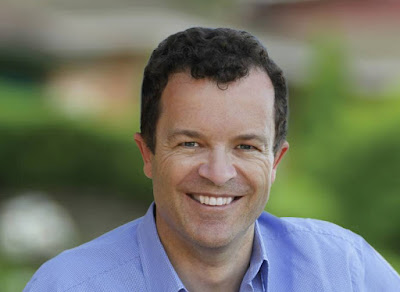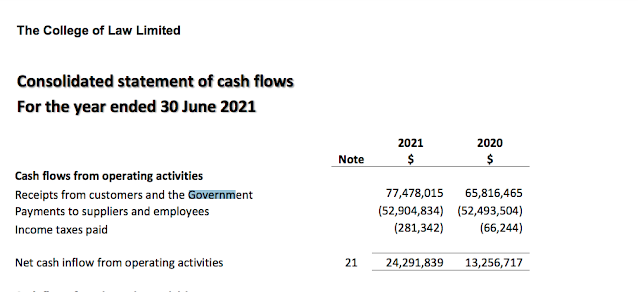MH 17 anomaly may have an explanation-A diversion from the usual route, tracked by Russian radar
First see article below
Then, this excerpt:
(On Tuesday 22 July, 2 days after MAS denied MH 17 has gone
off-course ), the embassy played a footage of a briefing by the
Russian Ministry of Defence, citing its radar evidence on
Ukrainian troop positions a few days before, during and after
MH17 was shot down.
Its findings revealed that MH17 diverted off course for
about 14km, before trying to reach the safe air corridor.
It also disclosed positions where Ukraine’s Buk missile system
(the missile platform believed to have shot down MH17) was
located within a 20km radius.
And next:
Pilots' group president says MH17 shot down after attempt to avoid storms
Malaysia Airlines plane was flying lower than planned and may have diverted on to more northerly course over Donetsk
Bodies of MH17 passengers stored in rail wagons as pressure on Russia mounts - live updates
Bodies of MH17 passengers stored in rail wagons as pressure on Russia mounts - live updates

Malaysia Airlines flight MH17 takes off at 12.31 PM from Schiphol airport near Amsterdam. Photograph: Fred Neeleman/EPA
Malaysia Airlines flight MH17 was guided off its most recently used course as its pilots hoped to avoid thunderstorms brewing in the south ofUkraine, it has been claimed.
When it was shot down, the doomed jet was many miles north of the flight paths it had used on previous days to Kuala Lumpur from Amsterdam's Schiphol airport.
Nico Voorbach, a pilot who flew the same journey earlier this summer for KLM, and who is president of the European Cockpit Association, said poor weather might have been the reason why flight MH17 found itself in the sights of a surface-to-air missile launcher. The aircraft was shot down in the separatist Donetsk region of east Ukraine.
Voorbach said: "I heard that they were diverting from some showers. I think there were thunderclouds. You would ask air traffic control to divert left or right, and they would give you the permission."
It also emerged that flight MH17 had initially filed a flight plan requesting to fly at 35,000ft above Ukrainian territory. On entering Ukrainian airspace, however, the plane's pilots were instructed to fly at 33,000ft by the local air traffic control due to other traffic. Malaysia Airlines said the pilots had to follow the lead of the local authorities.
Malaysia's transport minister, Datuk Seri Liow Tiong Lai, told a press conference: "MH17's flight path was a busy major airway, like a highway in the sky. It followed a route which was set out by the international aviation authorities, approved by Eurocontrol, and used by hundreds of other aircraft.
"MH17 flew at an altitude that was set and deemed safe by local air traffic control, and it never strayed into restricted airspace. The flight and its operators followed the rules. But on the ground, the rules of war were broken."
In response to claims that weather led to MH17 changing its flight plan, Malaysia Airlines director of operations Izham Ismail said that it had no reports from the pilot to suggest that this was the case. The airline has been keen to stress that after the International Civil Aviation Organisation in April identified an area over the Crimea peninsula as risky, its aircraft had "at no point" flown into or requested to fly into the area. The tragedy has, however, raised questions over the wisdom of commercial airlines continuing to fly over conflict zones.
Airlines currently take their cue on risk from national governments, who are responsible for the airspace over their territories, although states have an interest in keeping flight paths open because they are able to collect overflight fees.
The UK Civil Aviation Authority recently urged UK-based airlines not to fly over a wide area near the Crimea, Black Sea and Sea of Azov, and several airlines, including British Airways, have followed that advice.
Others, however, had been continuing to use the route, which is one of the "aerial motorways" between northern Europe and south Asia. Malaysia Airlines was one of more than a dozen that flew the route on Thursday. Its flight MH17 was only a few miles from an Air India Boeing 787 and a Singapore Airlines 777 when it was shot down. The only restriction placed on the route by the Ukrainian government was that aircraft must remain above 32,000ft.
Voorbach said that the European Cockpit Association, which represents 38,000 pilots at the EU level, would discuss the possibility of more rigorous rules this week at its next board meeting. He added that there might now be an argument for a total ban on flying over conflict zones, but that the repercussions of such a change, including longer flight times and extra costs to airlines, could be huge for the aviation industry.
He said: "Do we stop planes flying over Israel, for example? Looking across the world, stopping flights over conflict zones would add a huge burden to the aviation industry. We need to see what the inquiry into the disaster discovers. I just hope that politics does not get in the way of the inquiry."
Since the crash, all airspace in eastern Ukraine has been closed.


This comment has been removed by a blog administrator.
ReplyDelete